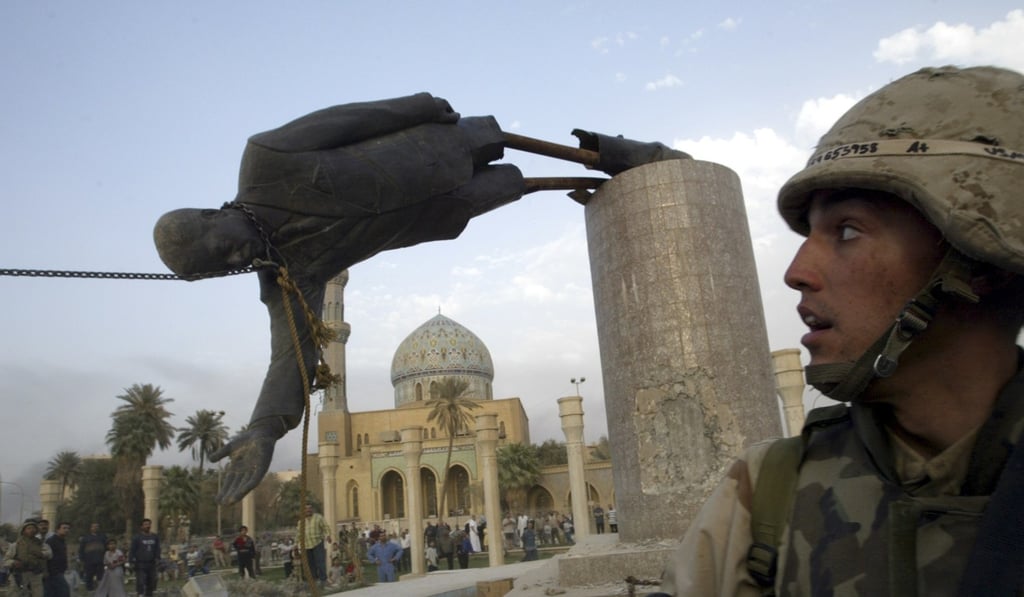Advertisement
Opinion | The real target of the US assassination of Iranian military leader Qassem Soleimani – China
- The US has been trying to provoke China into a military conflict since 2013 through the South China Sea, Taiwan, North Korea, Xinjiang and recently Hong Kong
- China will not be able to avoid being dragged into a war over Soleimani’s assassination
Reading Time:4 minutes
Why you can trust SCMP
54

The assassination of Iranian major-general Qassem Soleimani by the United States may be explained by US President Donald Trump’s administration as a retaliation against and deterrence of Iranian aggression but, in reality, it may actually be a strategic provocation against China. To understand why this is the case and see how this particular action is merely one piece of a larger puzzle, one must take into account all of America’s foreign policy actions.
Advertisement
Since the end of World War II, US foreign policy has been obsessed with how to maintain the nation’s superpower status. It maintains strong alliances like Nato and a military presence in virtually all corners of the planet as part of that strategy.
Over the years, influential policymakers such as Zbigniew Brzezinski have argued that the US must go further to ensure supremacy. For some, this includes designating Iran, Russia and China as enemies because the US doesn’t have total control over these countries, and stirring up Islamic extremism because all three of these countries have large Muslim populations that can be turned into terrorists against their own countries.
By creating Islamic extremism in these territories, the home-grown Muslim terrorists could then battle these foreign governments on behalf of the US, thus reducing the need to sacrifice American soldiers.
As a result, such proxy wars have become a permanent fixture on the world stage. The invasion of Iraq, the civil war in Syria, the bombing of Libya and many other actions have created extremist groups such as Islamic State that are direct threats to Iran, Russia and even China.
Advertisement


Advertisement
